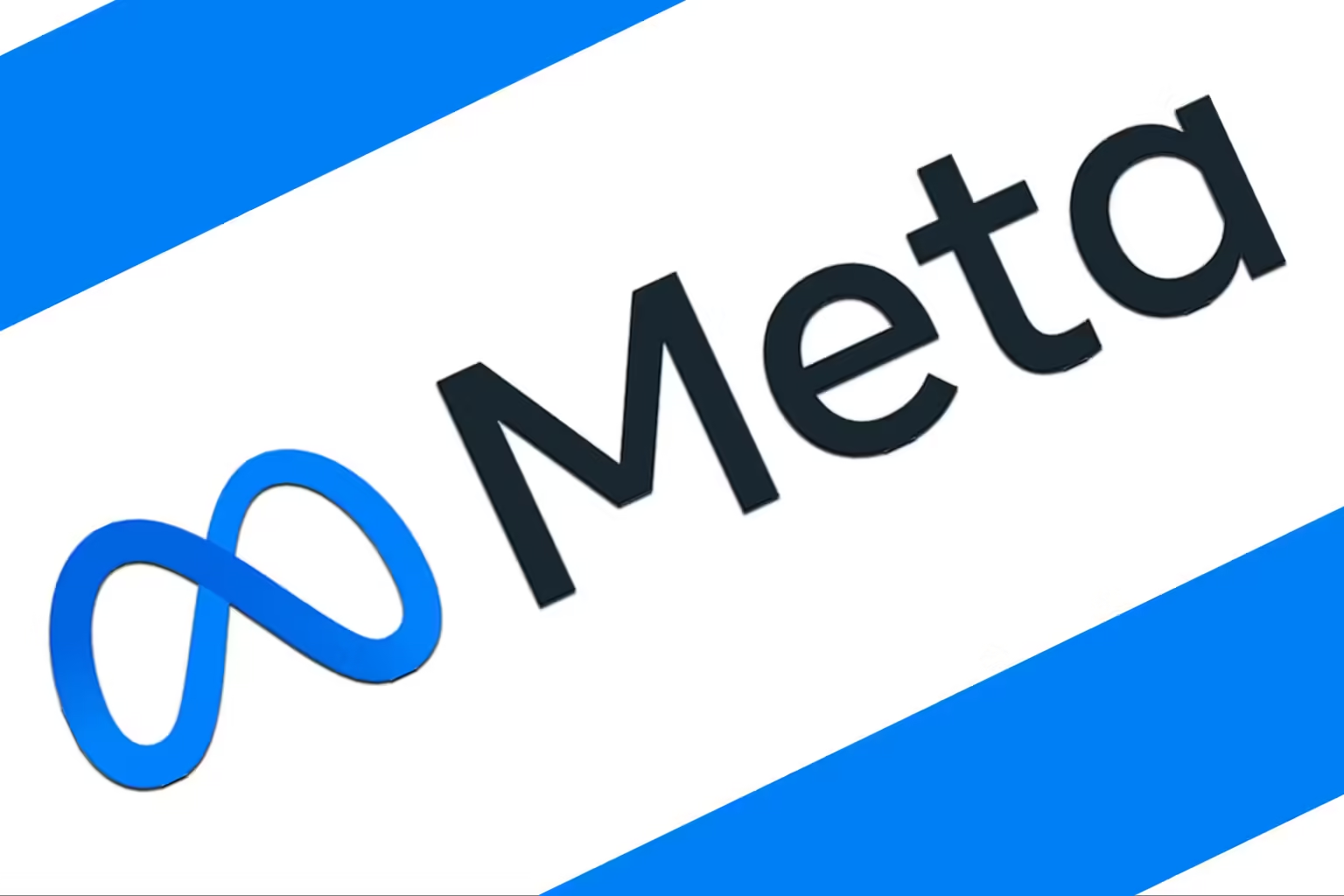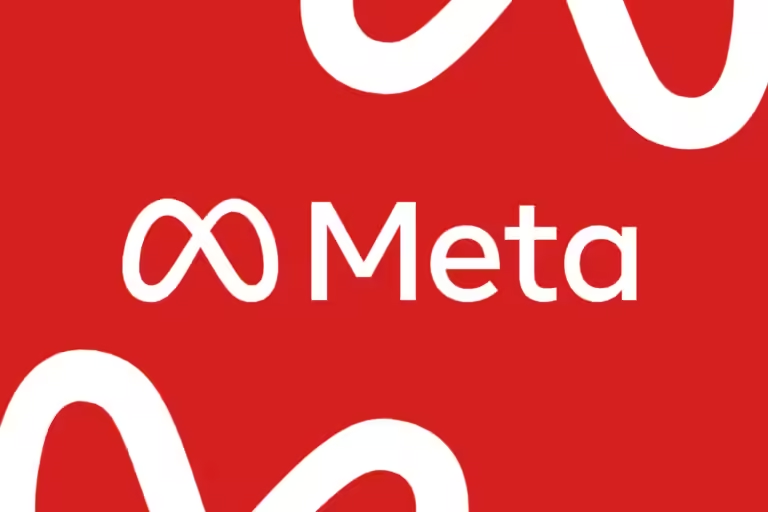
Meta Advances AI Capabilities with Innovative Thought Preference Optimization
Meta’s new Thought Preference Optimization (TPO) improves AI large language models (LLMs) by making their internal thinking better so they give more accurate and logical answers.
Meta AI’s most recent work with researchers from UC Berkeley and New York University has produced Thought Preference Optimization (TPO), a pioneering method created to improve the answer quality of large language models (LLMs) that have been trained on instructions. This creative method changes the focus from just coming up with final answers to improving the way you think, which leads to more accurate and logical results.
TPO adds a changed version of the Chain-of-Thought (CoT) framework for reasoning, which lets models “think before responding” while they are being trained. This internal preparation helps LLMs order their thoughts, which helps them give answers that are clearer and more useful. There have been problems with traditional CoT prompting, such as lower accuracy and trouble training because instruction datasets don’t include clear thought steps. These problems can be solved with TPO, which lets models improve their thought processes while hiding the steps in between from users.
The TPO process starts with a prompt that makes a big language model think of several ideas. Then, a judge model picks out some of these outputs and rates them to find the best and worst answers. This feedback creates pairs of “chosen” and “rejected” options that are used in Direct Preference Optimization (DPO). This creates an iterative training loop that makes the model much better at giving good answers.
The most important thing about TPO is that it changes the training tasks so that LLMs focus on improving their own thoughts before submitting their answers. An LLM-based judge model is used to grade the process. It only scores the final results, so the focus is on how well they work instead of the hidden thought steps. By adding DPO, TPO creates pairs of preferred and rejected responses that help fine-tune the model’s internal thinking over many training cycles.
Benchmark Results and Applications
Benchmark results show that TPO works well, with win rates that are higher than those of well-known models like Llama-3-8B-Instruct and those that use direct answer baselines. It’s important to note that TPO has shown success not only in logic and math jobs but also in many other areas that require following instructions, such as creative fields like healthcare and marketing.
The fixed internal scripts enabled by TPO help LLMs better manage layered instructions, and extend their possibilities for use in occupations where multilevel analysis is required but detailed human direction is unnecessary. This research supports TPO as a positive development toward increasing the utility of LLMs in satisfying a variety of needs that demand profound and fungible AI answers.


